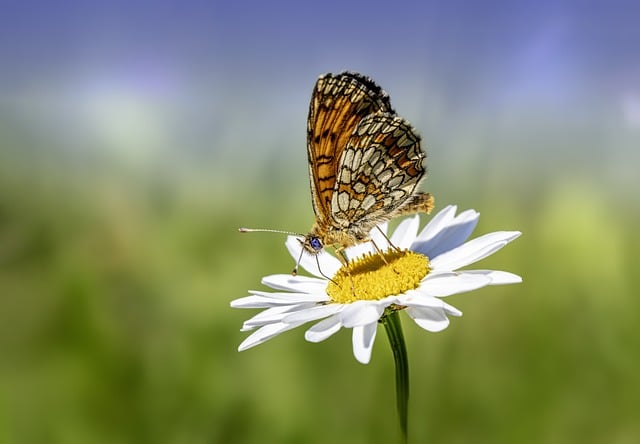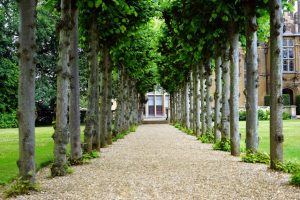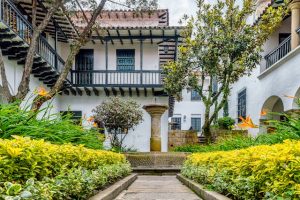The aim of attending the Chelsea Flower Show is to leave with a brain full of inspiration and ideas. The exhibition gardens might sometimes seem unreachable—too exotic, wild, or bizarre for your own backyard. Nonetheless, there are a ton of creative, fashionable, and practical gardens this year that provide inspiration for actual gardens. Here are some of the top ones.
The Garden of Killik & Co. by Baz Grainger
You may see yourself developing an identical garden like this one in your own land. The garden is sectioned into many zones by a corten steel pergola that serves as a water channel to collect rainfall. For visual interest, trimmed evergreen hornbeam is strewn throughout a magnificent dry stone wall; oak setts have been utilized in place of stone on the ground. A laid-back sitting area is encircled by soft landscaping, with field maples trimmed into gentle mounds, and shaded by multistemmed silver birch. Raised wood planters with integrated chairs hold more plants. The area has been utilized well because to the simple, attractive design, and the drought-tolerant and low-maintenance plantings.

The Garden of Ecotherapy by Tom Bannister
This little courtyard, with its array of geometric planters and hypertufa water tanks, is the most creative of the container gardens. This material is significantly lighter than concrete or terracotta and may be created at home in your own yard using a combination of portland cement and spaghnum moss or perlite. A little plunge pool with a water element that simulates moving water and a tiny rill have been included by the designer. Beneath the multi-stemmed hawthorns, the pots are exquisitely planted with ferns, hostas, tiarella, and other forest plants.
Taste of Tomie in the Nobonsai Garden
This little balcony, created by Tsuako Asada, has a sophisticated, zero-waste garden where herbs and flowers may be planted. The rear wall is lined with a salvaged wood shelf system, above which is a long, narrow planting trough. Because of the trough’s very modest inclination, extra water drains out of the end and into a terracotta water bowl via a rain chain. A second, broader trough spans the length of the balcony; it is lined with cardboard layers to retain moisture under the compost, and a mulch made of finely chopped green waste compost prevents moisture from escaping from the soil’s top.
Chris Hull and Sid Hill’s Microbiome Garden for Bowel Research UK
Although almost every plant in this garden is edible, you may pass it by and think it’s just a sea of organic meadow flowers. Anchusa seeds are a great source of oil, bistort leaves may be cooked or mashed to produce bread, and camassia bulbs can be slowly roasted to release their sugars. You might reproduce this visually stunning and delicious edible meadow even on a little plot of land.

Wildflower Seeds from Kent
Your perspective on native vegetation is entirely altered by this show. You will first see a number of large, tasteful pots full of lovely, meadow-like flora. If you look closely, you’ll see that some of these plants are classified as weeds in most cases. There’s a mound of ribwort plantain in one container, and clover, salad burnet, and buttercups in another. The bees have found their way to these plants even here in the Grand Marquee, demonstrating how simple it is to promote wildlife even if you just have space for a few pots.
Sarah Raven’s Shed of Pots
This exhibit demonstrates the amount of fun that can be had designing yearly pot displays. Sarah and Arthur Parkinson have created a vibrant and cheery display using easily grown annuals such as cosmos, poppies, nasturtiums, and sweet peas. The whole project only costs the equivalent of a few packets of seed and a couple of bags of compost. One of Sarah’s star-cut Euphorbia oblongata blossoms is scattered among the flowers; it will self-seed around the garden and come back the following year.
The Newt’s Roman Garden
This year’s sponsor of the Chelsea Flower Show, The Newt, has reconstructed a colonnaded garden from the first century. The symmetrical and elegant middle garden, with pomegranate trees and cut yew cones surrounded by attractive, fragrant flora, is set against the colonnade’s pillars. The opium poppies, chamomile, lavender, and other plants were all selected because they would have been utilized in Roman times, yet the garden’s design is as relevant now as it was then.




